These bugs come out at nighttime, and attacking victims, they silently kill or leave them with a lifelong infection
The Silent Threat of Chagas Disease: A Call for Awareness
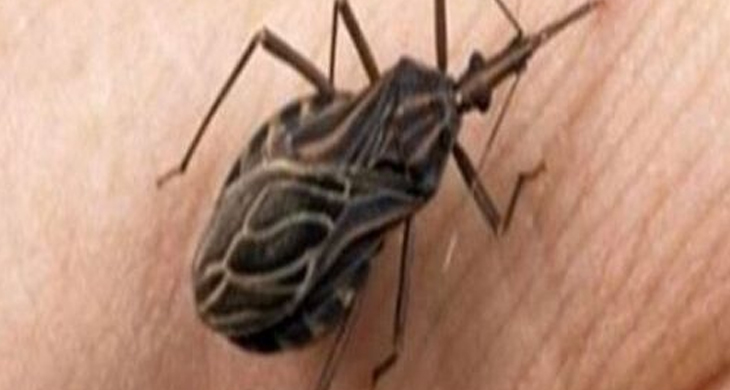
As a young child, I was afraid of the silent killer called Chagas, the “monster” that only comes out at night.
Emiliana Rodríguez, a Bolivian-born woman who now resides in Barcelona, vividly remembers witnessing a soccer player suddenly drop dead on the field due to Chagas disease. This experience instilled fear in her, associating the night with this deadly ailment. Chagas disease, caused by blood-sucking triatomine bugs commonly known as kissing or vampire bugs, silently infects up to 8 million people annually, claiming the lives of approximately 12,000 individuals like Rodríguez’s friend.
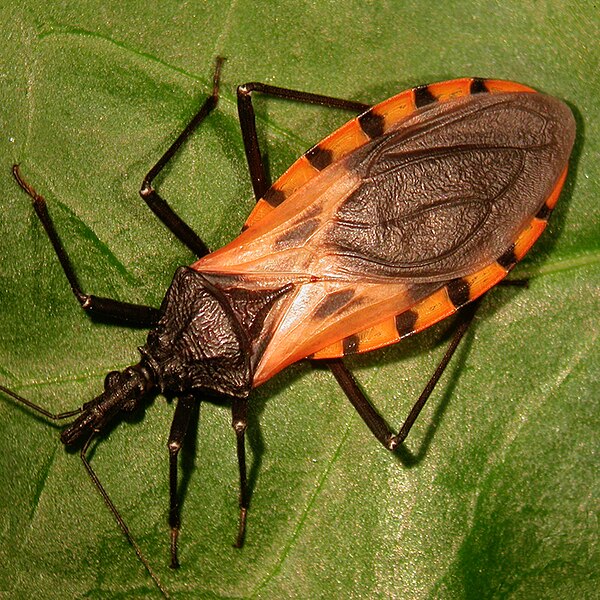
Wikipedia Commons / Felipe Guhl
At the age of 42, Rodríguez discovered that she herself was a carrier of Chagas disease during her first pregnancy. Overwhelmed by shock and anxiety, she underwent treatment to prevent transmission of the parasite to her unborn child. Fortunately, her baby girl tested negative for the disease.
Elvira Idalia Hernández Cuevas, from Mexico, had never heard of Chagas disease until her 18-year-old daughter received a positive diagnosis. The lack of awareness surrounding the disease left Hernández feeling scared and hopeless. Despite encountering healthcare professionals with little knowledge about Chagas, she eventually obtained the necessary treatment for her daughter through the help of a family member in the healthcare sector.
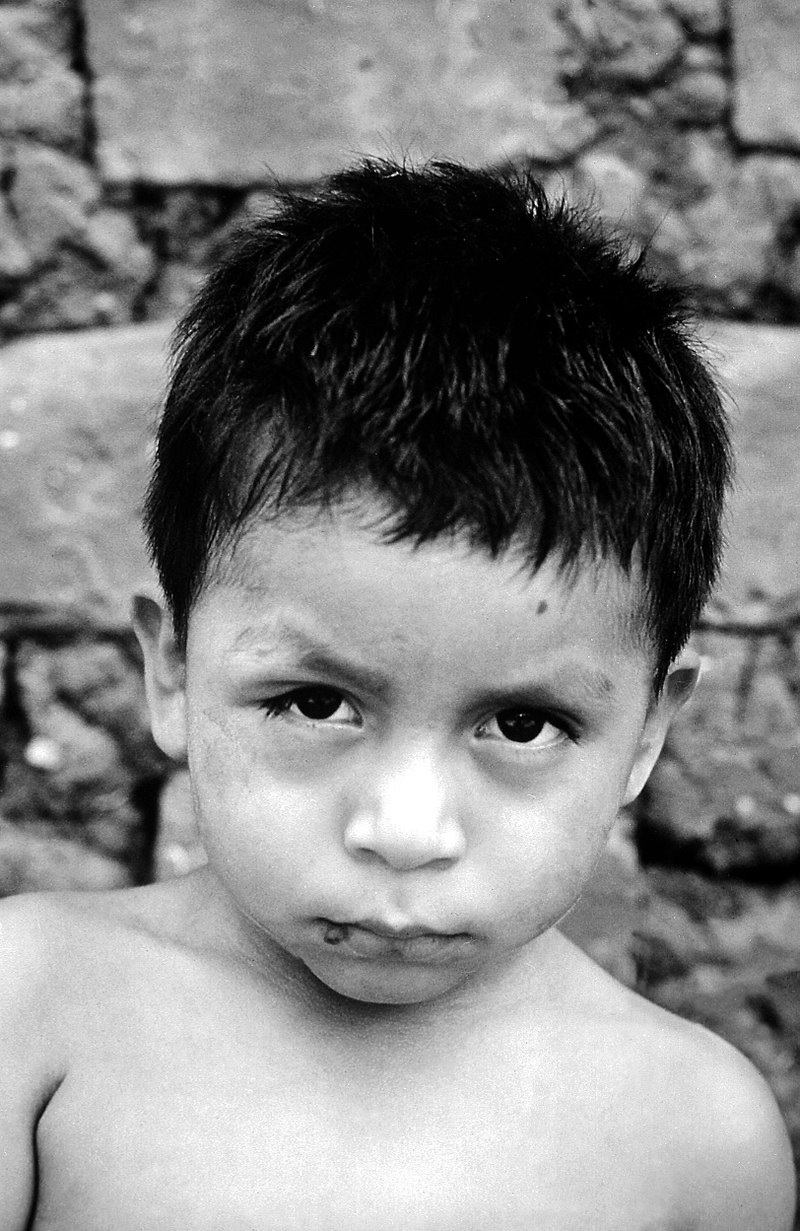
An acute Chagas disease infection with swelling of the right eye (Romaña’s sign) / Wikipedia Commons
Chagas disease, named after Brazilian physician Carlos Ribeiro Justiniano Chagas, has been prevalent in Latin America, North America, Europe, Japan, and Australia for decades. Kissing bugs, primarily found in the walls of low-income housing in rural or suburban areas, are most active at night when people are sleeping. These bugs transmit the T. cruzi parasite through their bite and subsequent defecation on the victim’s skin. Scratching the area or coming into contact with the bug’s feces can lead to infection.
While Chagas disease affects millions of people, the majority remain unaware of their infection. The Centers for Disease Control and Prevention (CDC) estimates that 6 to 7 million people worldwide have Chagas disease, with the highest prevalence in Mexico, Central America, and South America. Shockingly, the global case detection rate is only 10%, making treatment and prevention efforts extremely challenging.
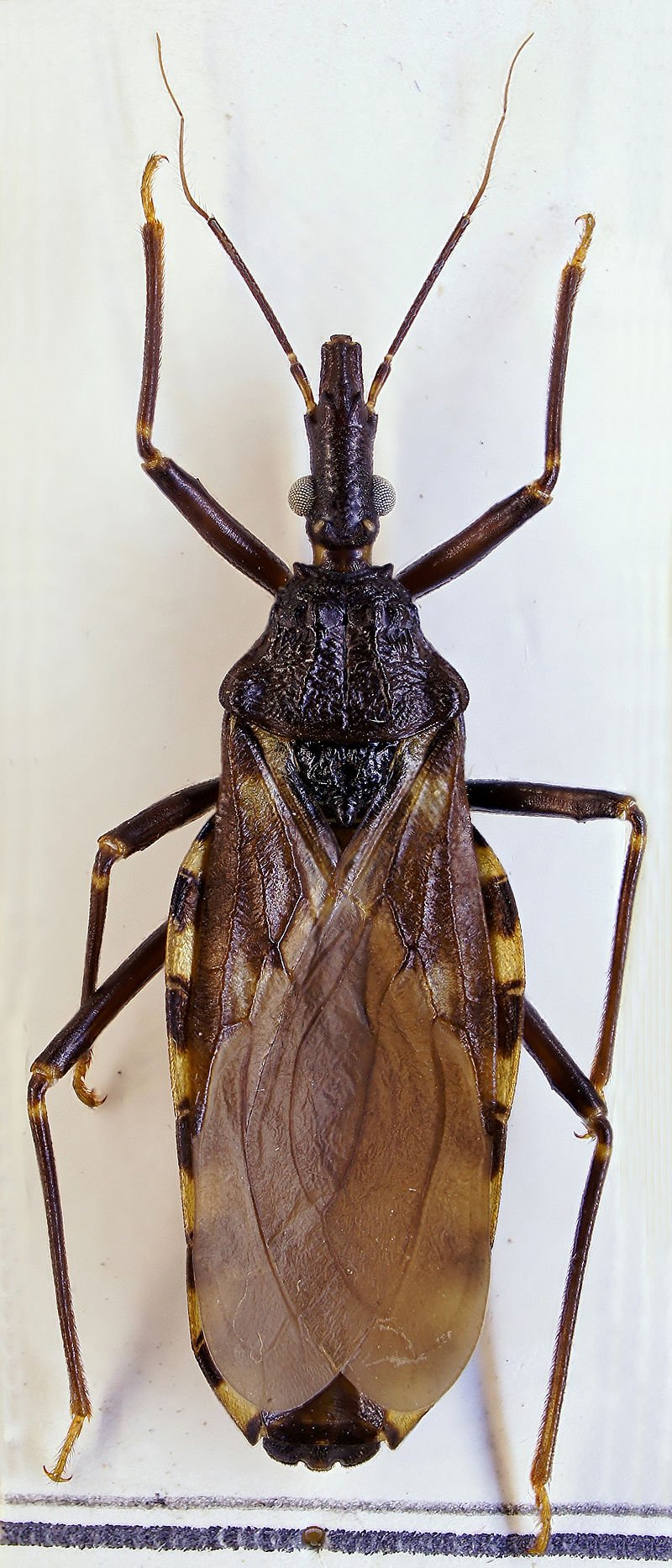
Wikipedia Commons / Bärbel Stock
Awareness and understanding of Chagas disease among healthcare professionals is often inadequate, as revealed by Hernández’s experience. This lack of knowledge hinders timely diagnosis and proper management of the disease. As a neglected tropical disease, Chagas does not receive sufficient attention on the global health policy agenda.
Colin Forsyth, a research manager at the Drugs for Neglected Diseases Initiative (DNDi), highlights the hidden nature of Chagas disease within the body, resulting in delayed detection and treatment. The affected populations, typically from impoverished backgrounds, lack the influence to shape healthcare policies, compounding the issue.
Chagas disease poses a global threat as it spreads to other continents. Transmission can occur through blood transfusions, organ transplants, and from mother to child during pregnancy or childbirth. Efforts to eliminate Chagas disease have been hindered by the absence of financial incentives for pharmaceutical companies to develop more effective medications.
Improved treatment options are crucial to curbing the spread of Chagas disease, but progress in this area has been slow. Meanwhile, advocates like Elvira Idalia Hernández Cuevas, now serving as president of the International Federation of Associations of People Affected by Chagas Disease (FINDECHAGAS), strive to raise awareness and make the silent disease more visible.
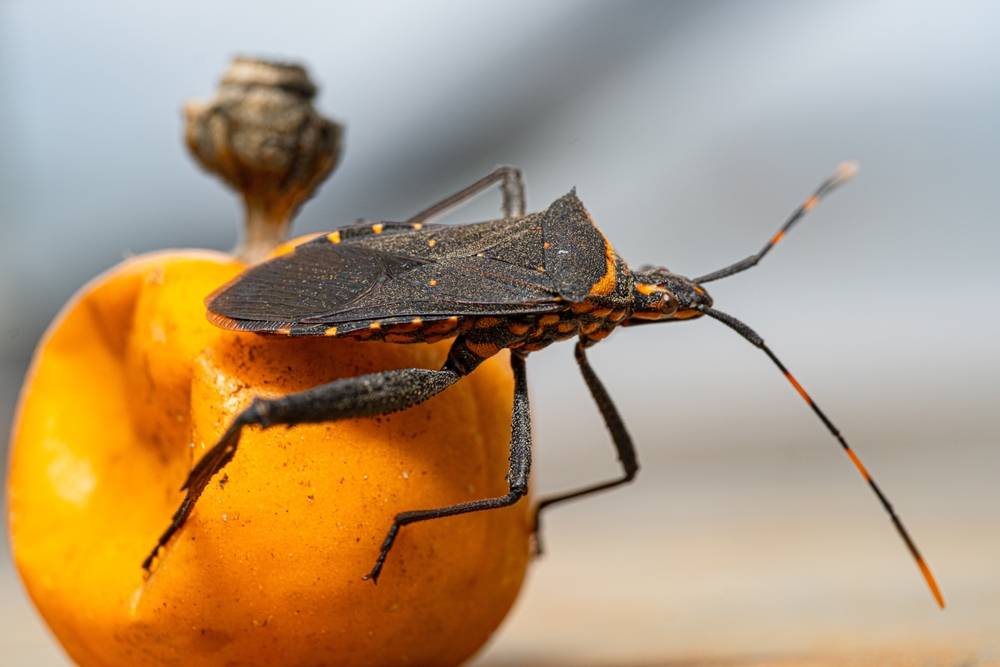
Shutterstock
Emiliana Rodríguez is actively involved in a campaign by the Barcelona Institute for Global Health to bring attention to Chagas disease. She yearns for open discussions and widespread knowledge about the disease, encouraging people to get tested and seek treatment.
Recognizing the urgency, the World Health Organization (WHO) established World Chagas Disease Day on April 14, the anniversary of Carlos Chagas’ discovery of the first human case in 1909. WHO aims to prevent, control, and eliminate Chagas disease, along with other targeted diseases, by 2030.
To prevent infestations, the CDC recommends sealing cracks, removing potential bug habitats near homes, using screens on doors and windows, and keeping pets indoors at night. If a kissing bug is found, it should be carefully captured and taken to a local health department or a university laboratory for identification.
Chagas disease remains a hidden threat, reminiscent of childhood tales warning of monsters lurking within walls. It is crucial for the WHO and global communities to fulfill their commitments in combating Chagas and other neglected tropical diseases. By sharing this story and raising awareness, we can contribute to the efforts in eradicating this silent disease.
“I’m fed up with so much silence. I want people to talk about Chagas, and to know about it. I want people to get tested and to get treatment.” – Emiliana Rodríguez




